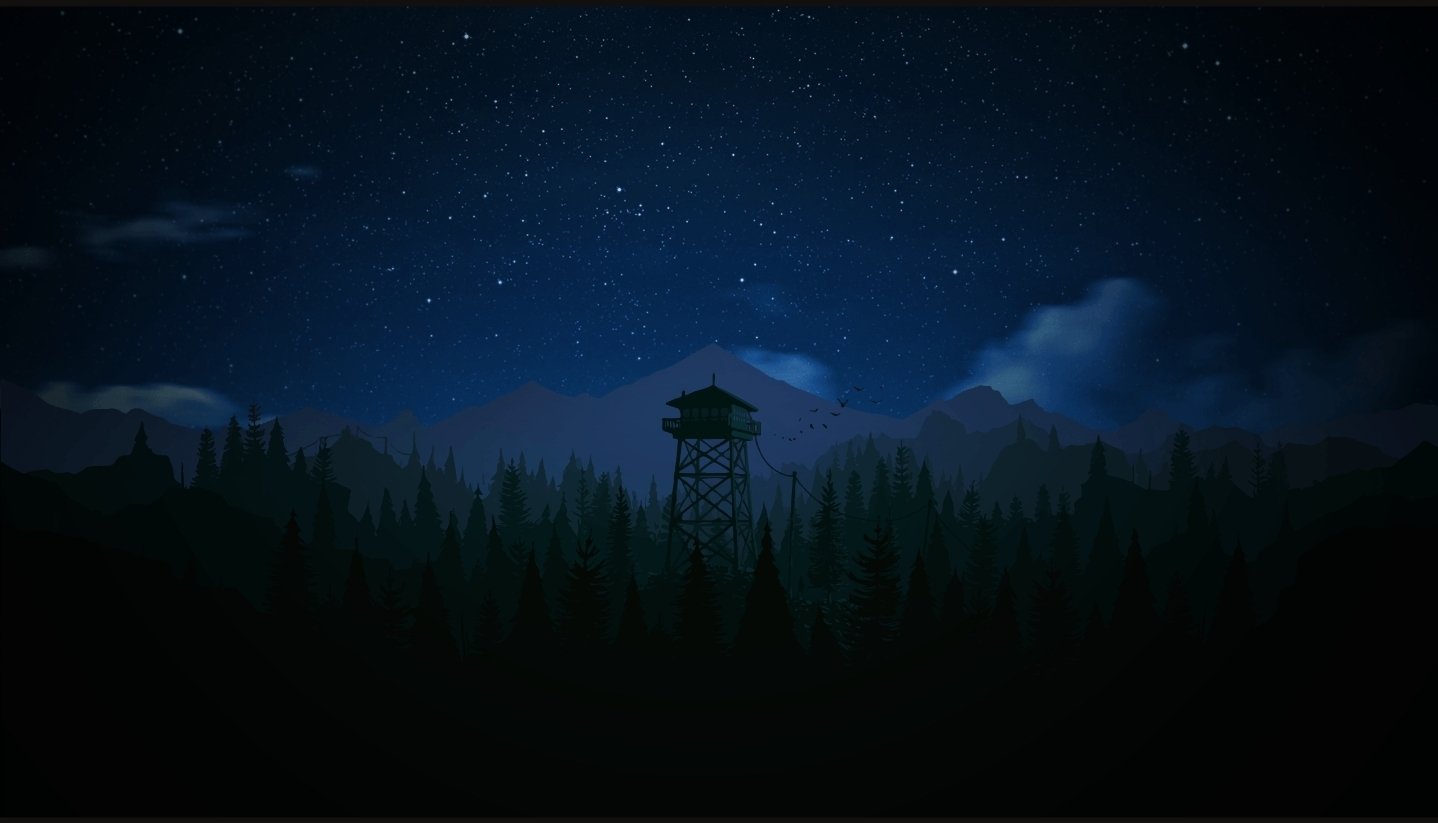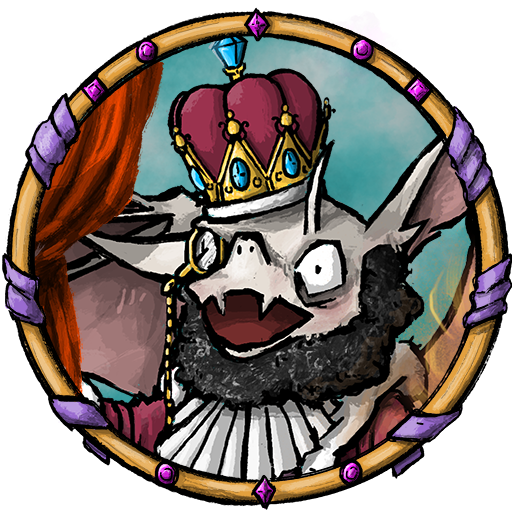Hi,
I want to play some d&d with two friends soon; and the role as dm came to me. (we would want to increase the group size if the first few small adventures run good)
My experience in rpgs is limited to maybe 5 runs (Shadowrun 4th Edition) and a few adventures (two if which I was GM) in “Das Schwarze Auge”. But both now over a decade ago.
One of the adventurers in the group has a bit of experience and shouldn’t be a problem; the other adventurer (my gf) has never played any rpg before.
I ordered the core rule set (player,master,monster-handbook) bundled with xanathars (and a dm-screen). On top of that enough dices and the book “candlekeep mysteries”
Do I need anything else? Any tipps for preparation? How important is the tabletop aspect i see popping up here in some pics?
edit:
Thanks for all of your tips!
I’ve been Dming since 1st Edition and my #1 rule is to not over prepare. This requires an ability to improve a bit, and be comfortable with the fact that mistakes will happen, and be sure your players understand that. Also, for your first outing, don’t do anything homebrew, it’s fun and one of my favorite parts of the game, but it can also easily break the game if you don’t know exactly what you are doing. The main thing is to have fun.
I definitely agree not to over prepare, but I find it helpful for me to think a little on the different paths they might take and have some stuff constructed so that when they inevitably do something you don’t expect, you have something close enough that you can repurpose or guide them back to a prepared path. It depends on what you’re good at. If I had to completely improv a session, I’m positive it would be rough. Others could improv entire campaigns without their players noticing.
If r/rpghorrorstories taught me anything there’s three things you need to know. #1 no pvp at all or theft. #2 no rp boning without prior consent from all involved parties. #3 showing favoritism to your gf to the detriment of the remaining players can ruin the campaign.
You’ve definitely got more than enough to get started. Only thing I would recommend here is read through the adventure if you haven’t already. Also don’t be scared to improvise if the situation calls for you. You decide the rules you want at the table, not the books. As long as you stay consistent feel free to make any ruling you like if it works for your table.
The situation will almost always call for it.
And the rules, as Barbossa would tell you, are more like guidelines. Throw out the ones that hamper fun but take the time to understand which ones those are and why they do.
But no one here can tell you which those will be. They can be different at every table
- Do a session zero.
- Read the adventure so you’re familiar with all the important bits
- Don’t be afraid to go off script and improvise. It’s ok for the players to do something not in the book: just wing it and see where the session takes you!
- Bookmark some random tables (I love the Random Settlements in the DMG) and level-appropriate enemies to help you improvise better.
- If you followed the above advice and now your players are off doing some little self-selected side quest in some random town you rolled up on the spot, use the Three Clue Rule at the beginning of the next session to get them back on track.
- DMing is a skill. It takes practice. You’re probably going to suck for the first few sessions, if not the first campaign. So relax, don’t be too hard on yourself, and have fun. Eventually, you’ll figure out your own unique style. If you end a session near tears because you’ve concluded you’re the worst DM of all time and are considering quitting forever, only to be interrupted with, “When can we play again?” it means you did a good job.
Return of the Lazy Dungeon Master is in my opinion basically what the DMG should be. It’s an excellent guide to, basically, not just the rules but how to run an excellent game. This topic is not covered in the DMG with any effectiveness, which is kind of weird when you think about it.
The DM Lair is also pretty good in my opinion, in-depth videos with a lot of experience and insight behind them. It’s particularly good if you’re dealing with one specific type of problem or situation you’re trying to approach better in your game. There’s probably a video about it.
Also, bin the DMG treasure rules. They make no sense. If you’re playing a module, then you’re okay, but if you’re doing homebrew I would recommend just abandoning 5e’s economy and using the Pathfinder 2e economy instead or something. I tried 5e’s tables and they were bad, I tried rolling my own guidelines and the result was also bad, IDK, if you figure out a good system, let me know.
Prep for the macro and give players full control over the micro. Have a session zero where everyone talks about what they are and aren’t comfortable with.
“Yes, and” should be your best friend as a DM
You’ve already gotten an overwhelming amount of tips but here are my standard tips.
Heya!
You seem well prepared!
Something that is talked about a lot but rarely accompanied by practical advice on how to is the very crucial point of remembering:
The story you are co-creating as a DM is the story of the characters.
Want to lore dump? Tie it to one or more of your characters backgrounds. Maybe they are from the bloodline of that ancient king you want them to know about.
Not sure how to fill in the details like what does the place smell like? Ask a player “You smell something odd, describe the smell”
I am currently in the process of making some guide like posts and videos on certain topics aimed at both players and videos. Some are meant to be shared with players that are new, like the basics of tactical combat to help reduce your workload, especially with new players.
Don’t try and do everything great all at once.
You will be just fine!
Nothing big, but I like to make colored cards with NPCs, treasure, mobs/minibosses, and small quests. Sometimes you just need a random mob, so shuffle the mob deck and draw one, if it doesn’t match the situation, draw another.
Regarding tabletop, we started with P&P and used erasing rubbers and such as figures and a square notepad as battle map.
Nowadays we have proper painted figures and nice battle maps, but sometimes we don’t even bring all that up for small battles, as we just do them verbally instead of visually.
Hey! It sounds like you’ve prepped a lot with the books and DM screen, which is a good sign!
As a DM, I jumped into running a full year long campaign after just running a couple one shots. It really IS easier than you think!
All you have to do is help your friends interact with the world in the books. That’s your only job.
The only tips I have are these:
Make sure both your players AND yourself are having fun! It can be easy to stress and bend to your players every whim so they have as good a time as possible - don’t do that. Make sure YOU’RE having fun, too! It’ll improve your ability to run the game and everyone will be able to tell.Don’t worry about the tabletop aspect too much. I ran a game for over a year with nothing but my laptop and a map I drew with my friend that had the names of cities on it. I hid my dice behind my hand because there was no room for a DM screen - it really just comes down to you and your players having fun. The objects aren’t necessary. Don’t worry about not having them.
Have fun! Let us know how it went!
I recommend skim reading any purchased modules to know what to expect before you run them. You’ll quickly find your flow of how much prep you want/need for each session. When it comes to running the actual sessions, I try to keep 2 main points in mind every game regardless of game type:
1- Be descriptive. You are the eyes, ears, noses, and any other sensory organs of your players. And to some extent, their knowledge and intuition as well. They only know as much about interacting with the world as you tell them. Help them experience it. It doesn’t have to be perfect or cinematic or flowery language. Just get the broad stroke ideas across to them however you can and their own imaginations will fill in the gaps. Practice describing multiple aspects of a scene or NPC/monster. What do they see, what do they hear, what do they feel, what is the mood, etc.
2- Default to saying “yes” in game. I don’t mean let them run all over the plot or rules, but if they have an idea, do your best to roll with it. If there’s something they want to do, if its remotely plausible then find ways to facilitate it. Even if it’s not explicitly laid out in your story or within the rules (or even 100% legal as written). This takes getting used to and often involves going off script and ad hoc rule adjudications. That doesn’t mean their idea will always work or that it should be easy, but give them the opportunity to try. The game is collaborative story telling. Players being creative in game can take some of the workload off of you, and make them feel more involved in the story. That means more fun for everyone.
Don’t let a player boss you around in your game. If they’re not going to have fun because they don’t get what they want, boot’em. Get a feel for the groups expectations for the game, and then reset it to how YOU want the game to go. If you are not having fun, no one is going to have fun, and no D&D is better than bad D&D
Run a one shot if you can. It’ll help you get through the jitters, and teach you how easily you can improv thru everything.
Check out the YouTube channel “Matt Colville” and look for the playlist “running the game”. The first couple videos in that playlist will tell you all that you need to know.
There’s lots of good advice here, so I’ll just say: welcome to the hobby and have fun!








